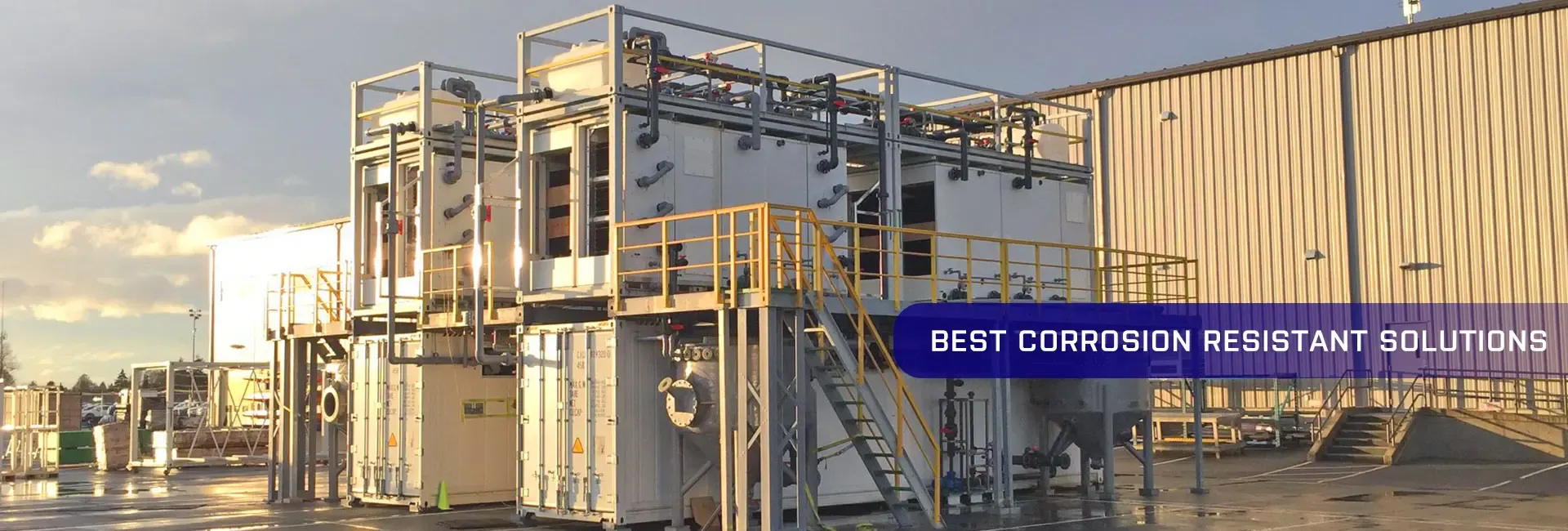
-
 Afrikaans
Afrikaans -
 Albanian
Albanian -
 Amharic
Amharic -
 Arabic
Arabic -
 Armenian
Armenian -
 Azerbaijani
Azerbaijani -
 Basque
Basque -
 Belarusian
Belarusian -
 Bengali
Bengali -
 Bosnian
Bosnian -
 Bulgarian
Bulgarian -
 Catalan
Catalan -
 Cebuano
Cebuano -
 China
China -
 China (Taiwan)
China (Taiwan) -
 Corsican
Corsican -
 Croatian
Croatian -
 Czech
Czech -
 Danish
Danish -
 Dutch
Dutch -
 English
English -
 Esperanto
Esperanto -
 Estonian
Estonian -
 Finnish
Finnish -
 French
French -
 Frisian
Frisian -
 Galician
Galician -
 Georgian
Georgian -
 German
German -
 Greek
Greek -
 Gujarati
Gujarati -
 Haitian Creole
Haitian Creole -
 hausa
hausa -
 hawaiian
hawaiian -
 Hebrew
Hebrew -
 Hindi
Hindi -
 Miao
Miao -
 Hungarian
Hungarian -
 Icelandic
Icelandic -
 igbo
igbo -
 Indonesian
Indonesian -
 irish
irish -
 Italian
Italian -
 Japanese
Japanese -
 Javanese
Javanese -
 Kannada
Kannada -
 kazakh
kazakh -
 Khmer
Khmer -
 Rwandese
Rwandese -
 Korean
Korean -
 Kurdish
Kurdish -
 Kyrgyz
Kyrgyz -
 Lao
Lao -
 Latin
Latin -
 Latvian
Latvian -
 Lithuanian
Lithuanian -
 Luxembourgish
Luxembourgish -
 Macedonian
Macedonian -
 Malgashi
Malgashi -
 Malay
Malay -
 Malayalam
Malayalam -
 Maltese
Maltese -
 Maori
Maori -
 Marathi
Marathi -
 Mongolian
Mongolian -
 Myanmar
Myanmar -
 Nepali
Nepali -
 Norwegian
Norwegian -
 Norwegian
Norwegian -
 Occitan
Occitan -
 Pashto
Pashto -
 Persian
Persian -
 Polish
Polish -
 Portuguese
Portuguese -
 Punjabi
Punjabi -
 Romanian
Romanian -
 Russian
Russian -
 Samoan
Samoan -
 Scottish Gaelic
Scottish Gaelic -
 Serbian
Serbian -
 Sesotho
Sesotho -
 Shona
Shona -
 Sindhi
Sindhi -
 Sinhala
Sinhala -
 Slovak
Slovak -
 Slovenian
Slovenian -
 Somali
Somali -
 Spanish
Spanish -
 Sundanese
Sundanese -
 Swahili
Swahili -
 Swedish
Swedish -
 Tagalog
Tagalog -
 Tajik
Tajik -
 Tamil
Tamil -
 Tatar
Tatar -
 Telugu
Telugu -
 Thai
Thai -
 Turkish
Turkish -
 Turkmen
Turkmen -
 Ukrainian
Ukrainian -
 Urdu
Urdu -
 Uighur
Uighur -
 Uzbek
Uzbek -
 Vietnamese
Vietnamese -
 Welsh
Welsh -
 Bantu
Bantu -
 Yiddish
Yiddish -
 Yoruba
Yoruba -
 Zulu
Zulu
frp dual lamination product
Understanding FRP Dual Lamination Products Innovations in Material Technology
In the world of advanced materials, Fiber Reinforced Polymer (FRP) has garnered significant attention due to its remarkable properties, including high strength-to-weight ratio, corrosion resistance, and flexibility in design. Among the various applications of FRP, dual lamination products stand out as a revolutionary approach in enhancing the performance and durability of composite materials. This article explores the fundamentals of FRP dual lamination products, their manufacturing processes, benefits, and applications.
Understanding FRP Dual Lamination Products Innovations in Material Technology
The manufacturing process of FRP dual lamination products typically involves the use of advanced techniques such as vacuum infusion, resin transfer molding (RTM), and hand lay-up methods. These methods ensure that the fibers are evenly distributed and saturated with resin, leading to a strong bond between the laminae. Once cured, the resulting composite exhibits improved stiffness, reduced weight, and enhanced toughness compared to single-layer FRP products.
frp dual lamination product

One of the notable benefits of FRP dual lamination products is their design versatility. Engineers and designers can tailor the properties of the composite by selecting different types of fibers (such as glass, carbon, or aramid) and resins. This adaptability enables the creation of materials that meet specific performance criteria, allowing for innovative solutions in product development. For instance, in the construction industry, FRP dual lamination products are increasingly being used for reinforcing structures, such as columns and beams, providing significant lifecycle advantages over traditional materials like steel and concrete.
Another advantage of FRP dual lamination is its sustainability. Many recent advancements in biomass-based resins and recycling techniques have made it possible to produce eco-friendly composites, minimizing the environmental impact. Moreover, the durability of FRP materials ensures a longer service life, reducing the need for frequent replacements and maintenance.
In addition to construction, FRP dual lamination products are finding applications in various other fields. In the automotive industry, they contribute to the production of lightweight vehicles, improving fuel efficiency and reducing emissions. In aerospace, these composites play a critical role in manufacturing components that withstand extreme conditions, ensuring safety and performance. The marine sector also benefits from FRP dual lamination, where vessels constructed with these materials exhibit excellent resistance to water and saline environments.
In conclusion, FRP dual lamination products represent a significant advancement in material technology, combining strength, durability, and design flexibility. As industries continue to explore innovative solutions to meet modern challenges, the role of FRP dual lamination products will undoubtedly expand, paving the way for a more sustainable and efficient future. With ongoing research and development, these composite materials are poised to redefine standards in performance and reliability across diverse applications.









